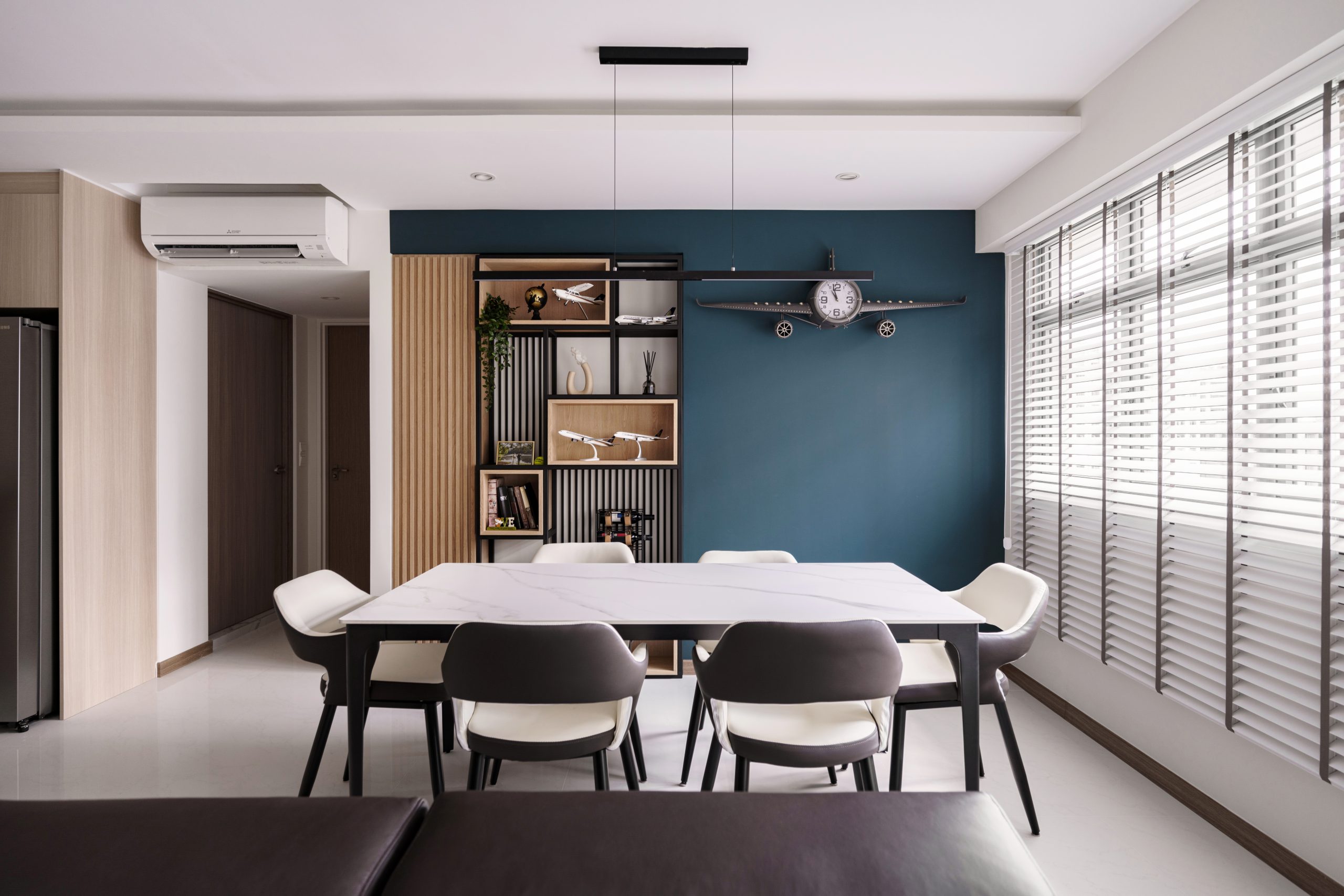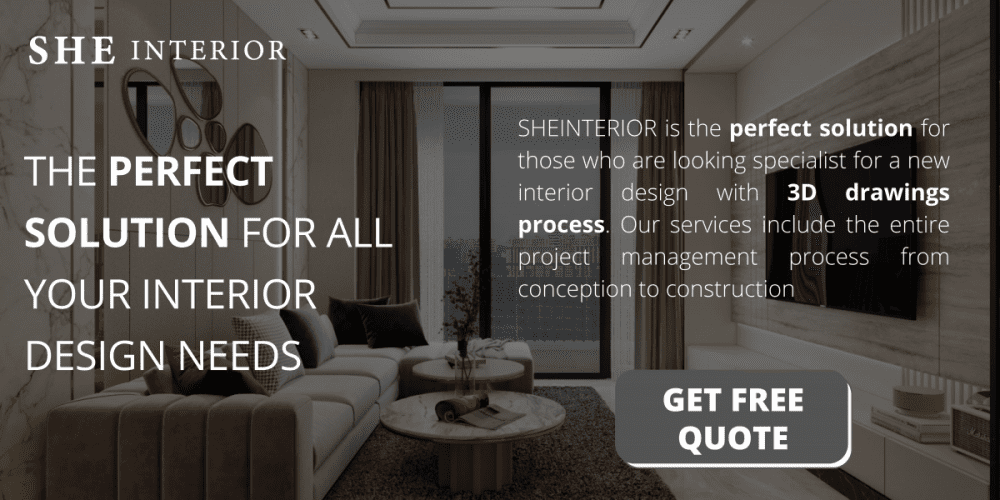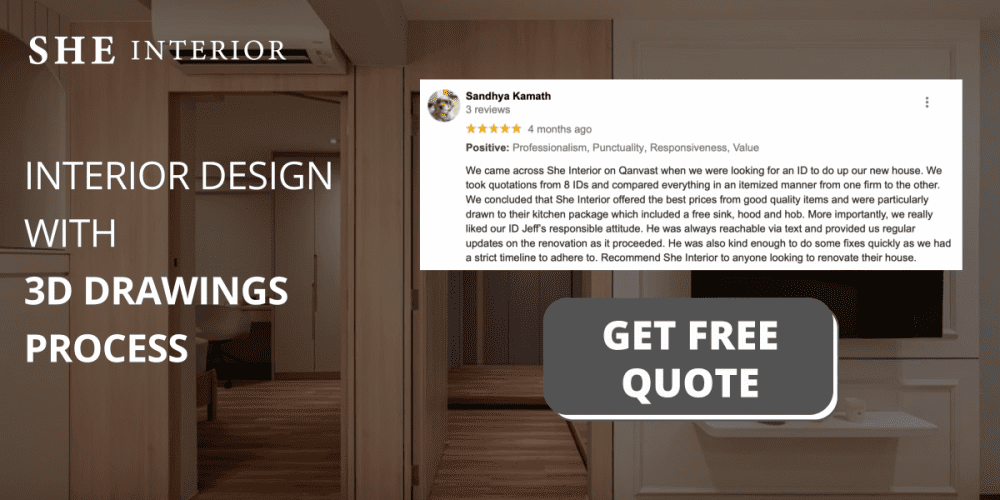Home can be a beautiful place. It is possible that every space is not harmonious. There can be elements out of place. There is a seamless integration of design elements. The professionals comprehend the design’s what, why and how better than the amateurs. What do the elements and principles do?
The basic interior design principles can make any room look gorgeous. You know what it feels like when you walk into a well-designed room; it’s calm, inviting and pleasant. The layout and design look unique. You feel like you are reading something well thought-out and put together. It feels just right to achieve that effect in your own home. You need some basic design principles to accomplish this. Pair that knowledge with practice and experimentation, and you’ll be on your way to creating a beautiful home.

The elements are your ingredients, and the principles are the way you combine them to make a perfect dish. To get you started, here are the 7 principles of interior design and its elements:
What is the basic of interior design?
Professional interior designers should follow a set of rules. Based on certain elements, you’ll be able to get the most from the projects. Some interior design elements are space, line, forms, light, colour, texture and pattern. Keeping them balanced is the key to creating a pleasant interior.
What are the three principles of interior design?
Beautiful interiors are functional and can create a mood or a feeling in a house. They can show off the personality of a family who lives there. It’s important to understand your home’s purpose clearly, how to achieve it, and what to prioritize when decorating.
Think about your family, how they live, and what would make them happier before painting and reorganizing. Look through magazines to get ideas and pull out inspiration and rooms that appeal to you. Find things from around the house that are beautiful or interesting and study them carefully for colour, texture, and design to see if they would be appropriate for your home. This is a good start for a well-planned and decorated living room.
What are the 7 principles of interior design?
What are the 6 principles of interior design? Or even 7?
When you put these three principles together in your home’s design scheme, you can create a beautiful interior that matches the standards of professional designers.
Principles of interior design: balance
Balance is the key to a successful design. When in doubt, it’s better to err on the side of the few rather than on the side of the many. Equalizing the visual weight of objects is all about approximating the visual weight of objects. Balance doesn’t just mean having equal amounts of things; everything is in proportion. In design, balance creates a feeling of equilibrium.
You can easily achieve even weight distribution by approximating the visual weight of objects. A balanced design should have form, colour, pattern, and texture elements. There are three different kinds of balance:
Symmetrical format
Symmetrical balance is a good look for traditional spaces. The space is split into two parts which mirror each other. Symmetrically balanced refers to two chairs on either side of a coffee table. This is a great balance if you want the two sides of your page to have equal prominence.
Asymmetrical or Informal
There is no exact duplication of the visual weights of lines, colors, forms, and textures. Symmetric balance is ordered and can be more complex and interesting. Two chairs can be placed on the other side of a sofa to balance it.
Radial balance
The goal is to have a central focal point with other elements surrounding it or radiating from it. An example would be a round table with chairs around it.
The scale and proportion of your interior design
You’ve probably experienced rooms that are too large or too small for your furniture. If so, you know that scale is essential. It is the measure of the amount of something relative to its distance from you or its relationship to its size.
In this case, it refers to the size of the space and the amount of furniture you have in it. The larger the room, the more furniture you should have. If the room is small, you might have a smaller couch than if the room is large. In other words, the scale of your space will determine how much furniture you need. If you’re decorating a room with a lot of open space, like a dining room or living room, you might consider keeping the furniture low.
The size of one object to another is referred to as proportional. You have an oversized, overstuffed chair; next to it, you place a small side table. The proportions of the items are not perfect. A small slipper chair with a side table makes a lot more sense.
The rhythm of your interior design
Rhythm in design is the creation of patterns of repetition and contrast. You can use the same shape or colour at different times. It is a guide to help you figure out what the space looks like from above. It is possible to understand how the space works. As you repeat the words, watch your eyes as they move around.
The contrast in your interior design
Contrast refers to using colour, shape, or pattern to create interest. With repetition, a little contrast goes a long way. The secret to finding the perfect shade for any outfit is to find the complement to your room design. Black and white make an exciting visual statement in any room.
A great way to add contrast is with shapes, like a large round mirror above a sofa, a round side table, and two square ottomans used as a coffee table. Circles are opposite to squares. Contrast is how a room or other spaces in your home are arranged. Contrast is what makes a room look nice and interesting. Arrange the furniture so that no two pieces are placed against each other.

The harmony of the interior design
All elements work together to create a unified message. Harmony and restfulness are essential to creating an environment of calm and ease. One colour can create harmony, depending on the form, size, and texture.
The emphasis in your interior design
Focus is an essential thing in every room or space. It simply means that there is a point or place in the room where everything else should be placed.
A fire is a common architectural feature. Oversized artwork or a large piece of furniture can also be a focal point in a room. There’s more to interior design than picking the right paint colour or choosing the right wood veneer for your kitchen cabinets. Refacing your fireplace with bronze glass tiles gives the room an interesting look. You’ve used colour and texture to create emphasis.
Unity in interior design
Planners and interior designers should create harmonious spaces using coherent elements and principles. The elements of functionality and aesthetics are related, so they often merge. A room inhabited by only wholesome people will result in a healthy and wholesome place for everyone else to reside in.
Create a unified, beautiful, and peaceful environment by extending this unity throughout the whole house. Professional interior designers prefer to think of the whole house and not create thematic rooms. When you walk through the house, from room to room, you get a feeling of order and unity.
What are the 7 elements of interior design?
Space
A good interior designer will first visit the space they are designing to get a sense of its dimensions and where the key items will be placed. Having an accurate measure is essential to a seamless design.
Positive space refers to a space filled with furniture. It is known as negative if it is empty. Striking a balance between positive and negative space creates a feeling of openness that draws the viewer into your space.
Lines
For creating structure, creativity, and a sense of direction, lines are useful. The types of lines are horizontal, vertical and dynamic. Tables can be found in homes and other places. The doors, windows, and tall structures are where the vertical lines are from.
Form
The room’s shape is referred to as Form. It could be the shape of the space, the furniture, the décor and the light fitting. Tables, chairs, and desks are Geometric forms. Natural forms include trees. Plants are a natural shape. Square shapes are strong while curves and rounded shapes are softer.
Light
Light creates the atmosphere in a space. Whether it’s natural or man-made, light sets the mood. There’s a balance between a pleasant room and an unpleasant room to ensure you feel homey. Brightly lit environments are preferred over dark environments because they’re perceived as more attractive, comfortable and inviting.
Colour
The right colour can bring a room to life and add excitement to your space. It’s often based on color psychology to ensure that the right feelings of a room are being set.
Texture
Texture adds depth and interest to a painting. There are two types; visual and actual. Visual textures are in appearance only, such as marble. Actual textures are in both appearance and feel, such as leather. Add colour, texture and patterns to your home by adding them to the design. Use them in furniture and furnishings, such as wall coverings, fabrics, and textiles.
Pattern
To add interest and excitement, you can use patterns.
Feel amazed with our interior design result
If you are looking specialist for a new interior design with 3D drawings process, SHEINTERIOR is the perfect solution for specialists looking for a new interior design with 3D drawing process. Our services include the entire project management process from conception to construction, including architectural and engineering services. SHEInterior is the perfect solution for all your interior design needs. Get your best home design plan and result with us! Contact us here for more information or visit our showroom at 21 Woodlands Close #09-43 Singapore 737854 (Primiz Biz-Hub).


